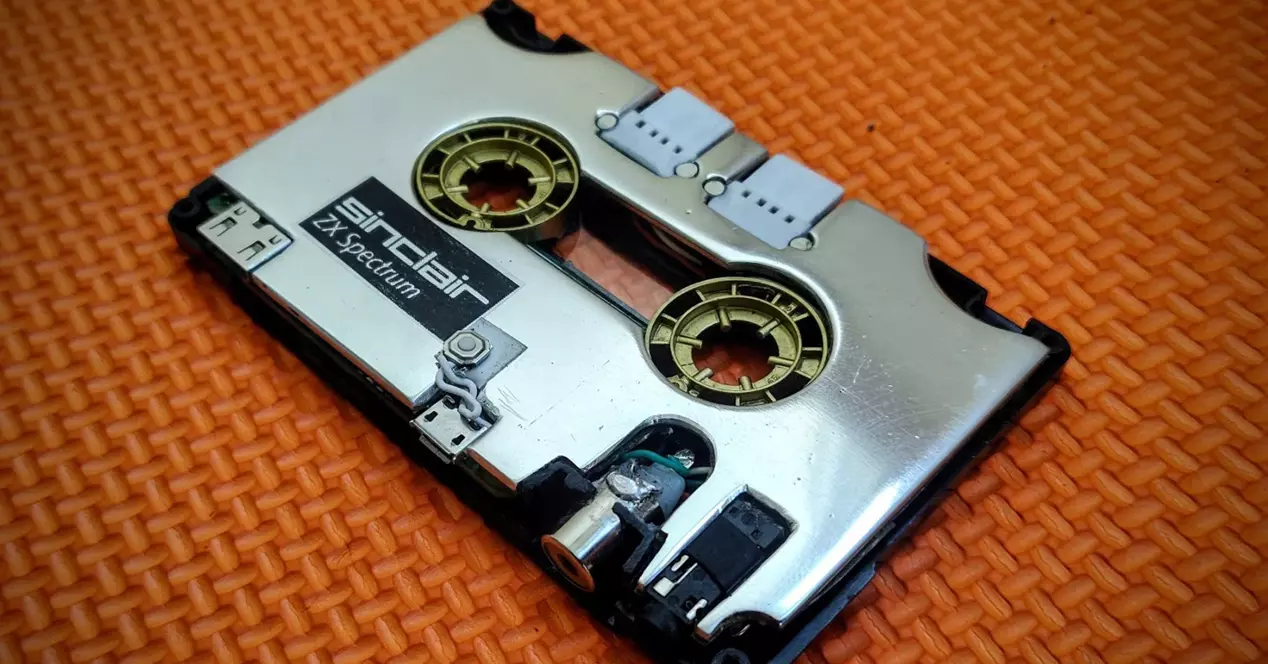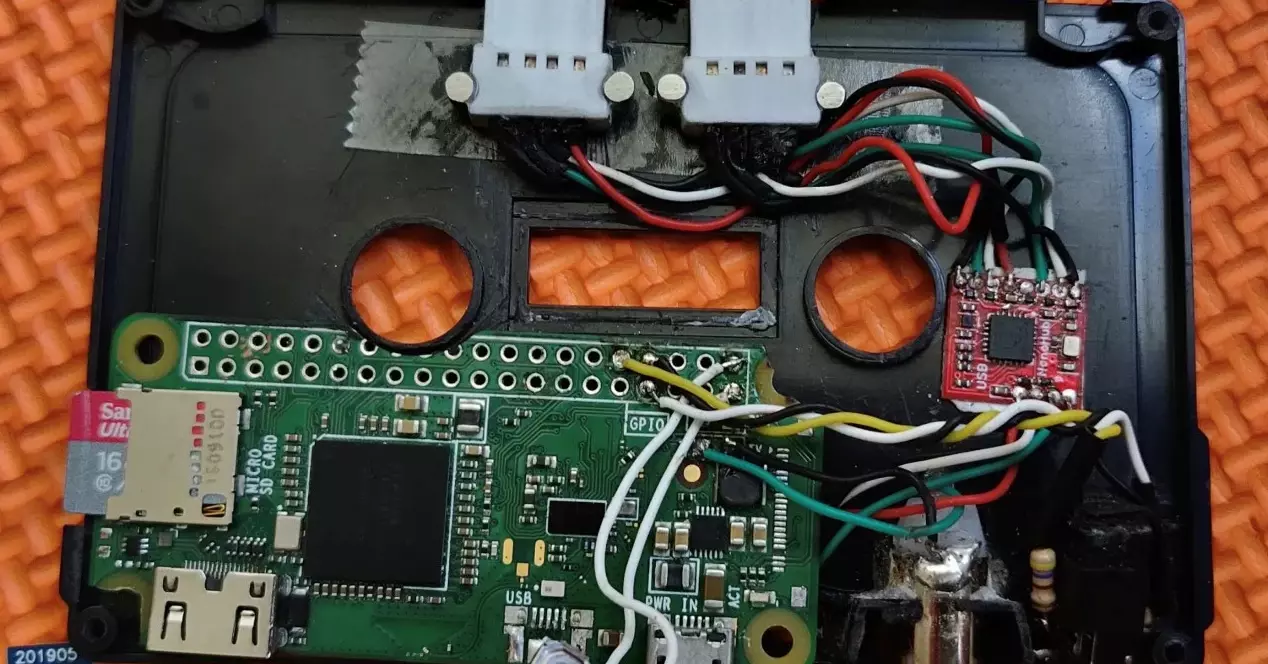
Four decades condensed on a cassette tape
In a matter of 40 years, technology has advanced like never before in all of history. Everything has become smaller, cheaper, more accessible and efficient. During confinement, Stuart Brand recalled his first steps in the world of programming with his ZX Spectrum. He remembered that he wrote his programs for said 8-bit computer and stored them on cassette tapes. However, today, any mobile device is more powerful and takes up less space than that machine made by Sinclair Research.
Bored and with a lot of time ahead of him, Stuart went to his garage and thought about how he could take the part for the whole, that is, create his own modern version of the Spectrum on a cassette tape. At first, the engineer doubted his abilities, but he got down to business. And, as always in these types of stories, the Raspberry Pi was his best ally.
Another win for the Raspberry Pi Zero W
For this occasion, Brand had a rather considerable space limitation, so he used a Raspberry Pi Zero W for the project. With the miniature computer in her hands, she armed herself with a box cutter and cut out the entire interior of a cassette tape. He also had to cut down the heatsink for the computer’s SoC using a Dremel.
However, there was a more important challenge ahead. Cassette tapes have two holes. To prevent the PCB from poking through the gaps, Brand decided it was best to drill through the board. It may sound crazy, but the board kept working after this. You just lost a few GPIO ports. However, he did not intend to use them. Finally, he managed to locate the ports at the bottom of the tape, so that they were perfectly hidden.
The operation of the system is almost identical to that of the original computer, although the brain of the computer is now on the treadmill and the base is just a purely cosmetic peripheral. To work, the Raspberry Pi emulates a system version of the ZX Spectrum, making the functionality complete. In this way, Brand has shown how far we have come with technology.
Unfortunately, Stuart Brand did not think that his project would be as successful as it has been, so it did not occur to him to document the process step by step to upload some kind of tutorial. According to what he says, he got down to work creating and he doesn’t have a single schematic that he can share. The final project has been published in this month’s official Raspberry Pi magazine. Still, Brand has commented that if someone wants to replicate the project, leave plenty of room for the cables by removing more plastic from the case. Apparently, they were his worst nightmare.




